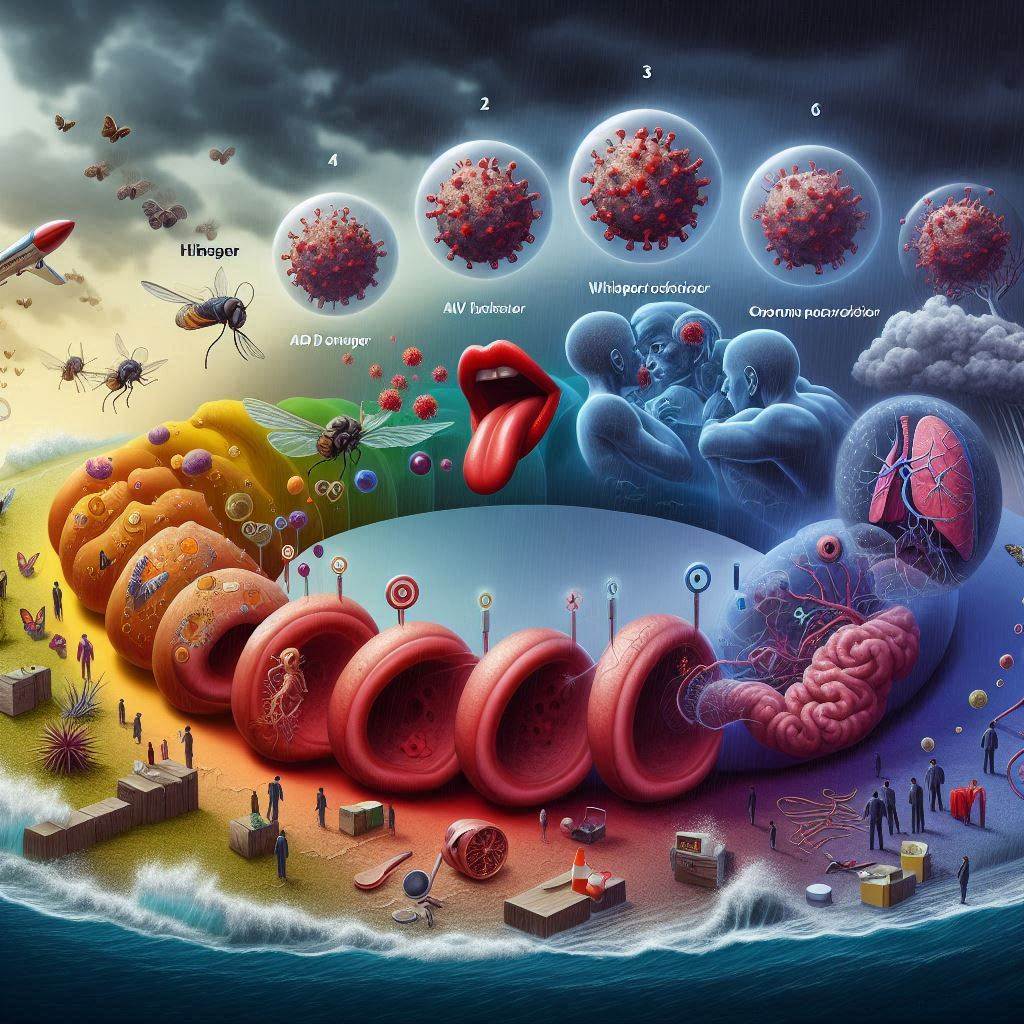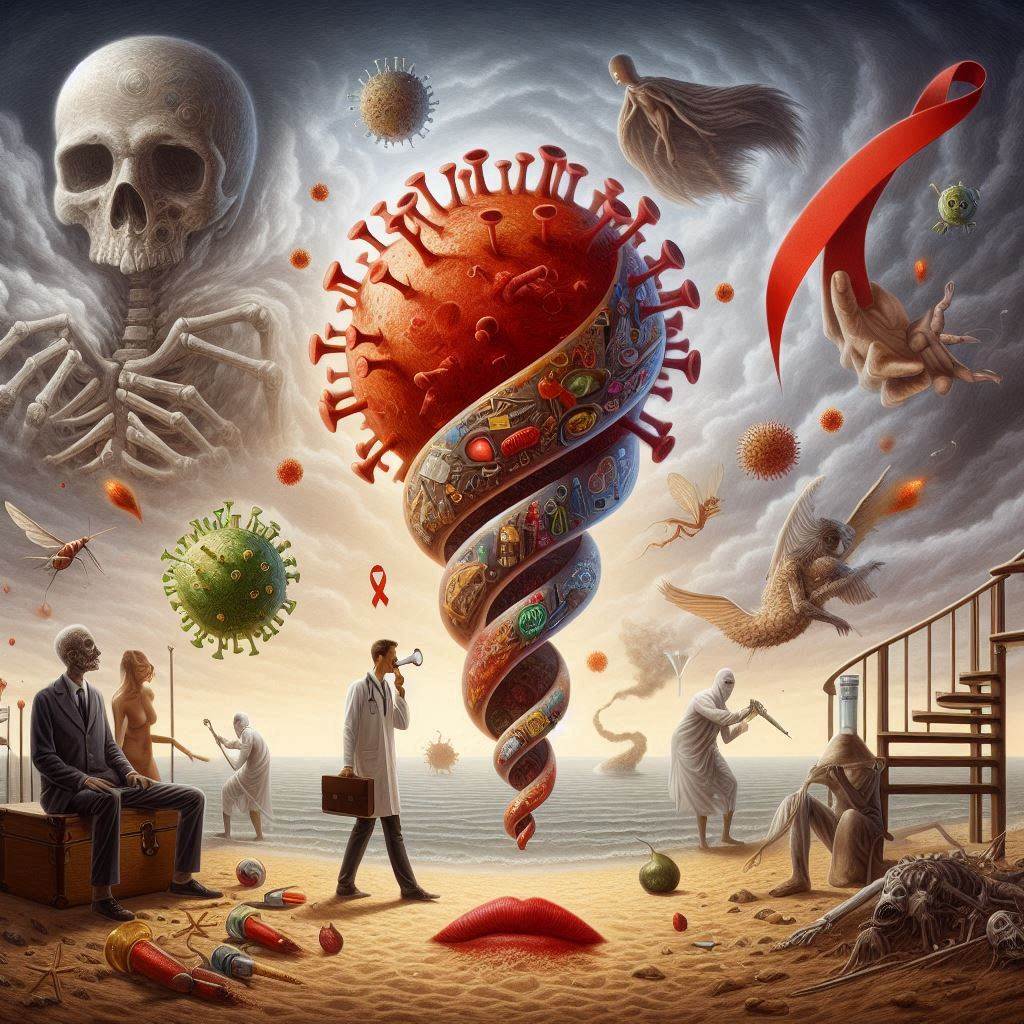Imagine a quiet forest. Everything seems serene. But deep within the soil, a spark ignites—silent, unseen, yet destined to alter everything above. This is how HIV begins its journey in the human body. And just as a single ember can consume a forest, HIV, left unchecked, can grow from a whisper to a wildfire, leading to full-blown AIDS.

But before we trace the stages of this insidious journey, a pressing question continues to echo: Where did AIDS come from?
Where Did AIDS Come From?
To understand the threat, we must trace its origin. AIDS, or Acquired Immunodeficiency Syndrome, is the final and most severe stage of HIV (Human Immunodeficiency Virus) infection. But where did AIDS come from?
Scientists believe that HIV crossed into humans from chimpanzees in Central Africa. This event, called zoonosis, likely happened when hunters came into contact with infected animal blood. The virus that infected chimpanzees, known as SIV (Simian Immunodeficiency Virus), adapted itself in humans—eventually becoming HIV. This silent passenger spread slowly at first, hiding behind the noise of other diseases, until it emerged in the 1980s as a global epidemic.
Now, let’s explore how HIV travels through the body, step by step.

Stage 1: Acute HIV Infection — The Quiet Invasion
Within 2–4 weeks of exposure, HIV launches its first attack. Like a spy breaching enemy walls, it targets the immune system’s defenders—CD4 cells—and begins to replicate rapidly.
Many brush it off. It’s a strategic ambush. The virus multiplies wildly, spreading across the bloodstream like vines wrapping around a tree.
Stage 2: Clinical Latency — The False Peace
Now the virus changes its tactics. Instead of an open assault, it retreats into hiding—like a snake waiting in the grass. The person may look and feel healthy.
The latency phase is deceptive. The enemy seems to be asleep. But it’s only gathering strength.
This is the time when people might unknowingly transmit the virus, further raising the question in others’ minds: Where did AIDS come from, and how did it reach me?
Stage 3: Symptomatic HIV Infection — Cracks in the Wall
As the virus continues its covert destruction, the immune system weakens. Defenses fall. Opportunistic infections begin to appear: thrush, shingles, chronic diarrhea, weight loss. The body’s alarm bells ring louder.
It’s as if a castle’s walls are crumbling. The invading army is no longer silent. Symptoms are more frequent, intense, and persistent. Without treatment, the transition to AIDS is only a matter of time.
Stage 4: AIDS — The Final Siege
This is the endgame. The immune system is so damaged that it can no longer protect the body. Even the smallest infections become life-threatening. Pneumonia, tuberculosis, certain cancers—these are the assassins that AIDS lets in.
At this point, the CD4 cell count falls below 200 cells/mm³, or serious infections set in. This is AIDS, the full-scale invasion. The body becomes a battleground, and without antiretroviral therapy, survival becomes a steep climb.
Knowledge is the Shield
Understanding these stages is not just biology—it’s a roadmap. A guide to early detection, treatment, and most importantly, prevention. With modern medicine, HIV is no longer a death sentence. People can live long, healthy lives with proper care.
Still, the question “Where did AIDS come from?” remains vital. Because understanding its origin helps us prepare for what could come next. AIDS didn’t appear overnight. It evolved, crossed species, and spread due to ignorance and silence.
Now, armed with knowledge, we speak, we test, we treat—and we never stop asking the right questions.


